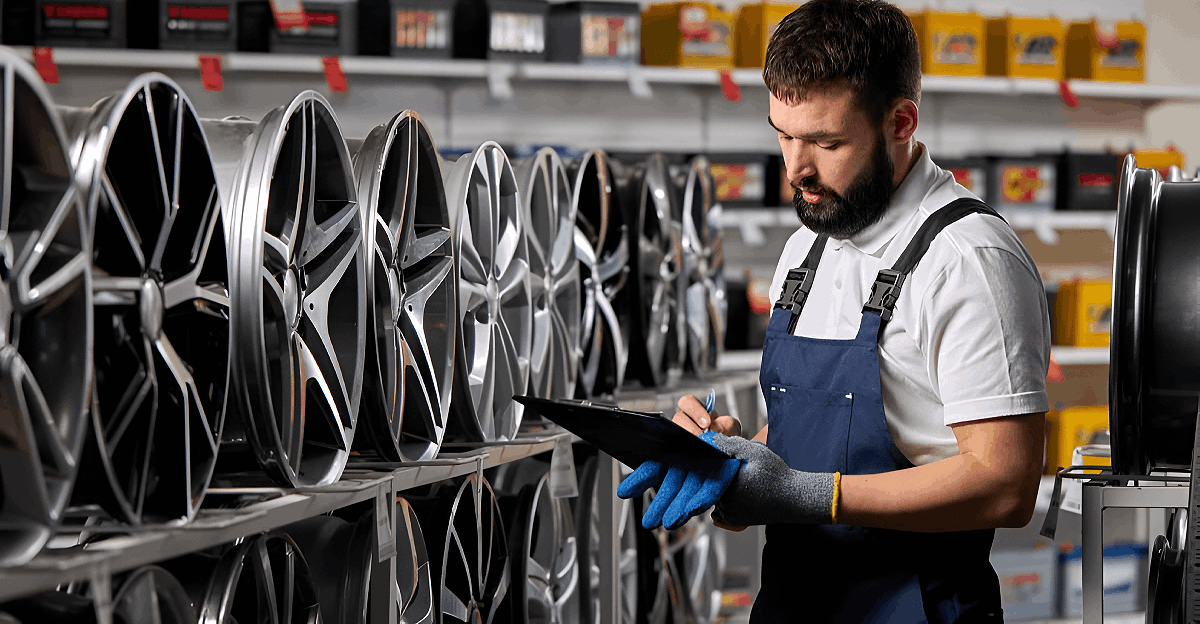
First Brands Group – a Michigan-based auto parts conglomerate – filed Chapter 11 on Sept. 28, 2025. The petition lists liabilities of $10–50 billion against only $1–10 billion in assets. To avoid an immediate shutdown, First Brands secured a $1.1 billion debtor-in-possession loan from its lenders.
This emergency financing (backed by a creditor ad-hoc group) will fund operations and supplier payments during the restructuring.
Credit Market Aftershocks
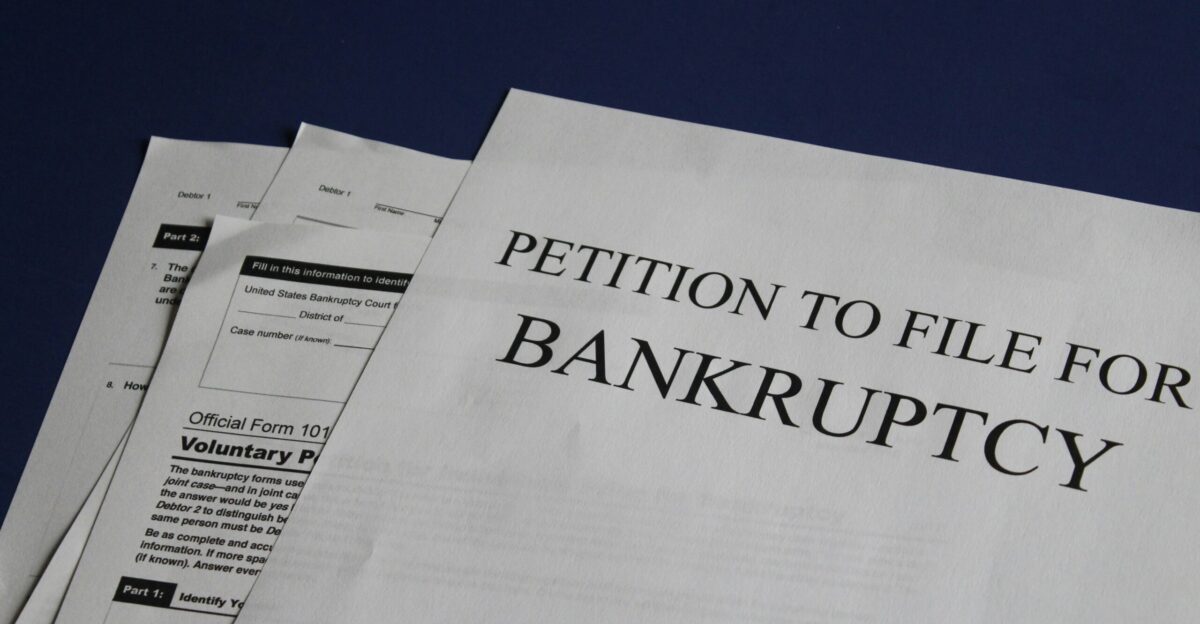
The bankruptcy sent shockwaves through lending markets. Top-tier First Brands loans plunged below 50¢ on the dollar within days.
Major debt buyers (Jefferies, Apollo, Millennium) held First Brands’ 2027 bonds and invoice-financing lines and now face steep losses. For example, Carnaby Capital Holdings (an affiliate that shares guarantees) reported >$500 million in assets vs. >$1 billion in debt.
Many bond investors say they are “bracing for the group’s debt to be restructured”.
Debt-Fueled Growth Spree

First Brands began as humble Trico Products (wiper blades, circa 1917) but ballooned under Malaysian-born entrepreneur Patrick James. In 2014, James’s Crowne Group bought Trico, later rebranding it First Brands in 2020 after a blitz of acquisitions.
Over the years, it bought specialty firms like Brake Parts Inc. (“Raybestos” brakes) and Champion Labs (“LuberFiner” filters) to bulk up its portfolio.
“We are excited to add Raybestos and LuberFiner… comprehensive product lines that greatly strengthen our supplier position,” First Brands’ management said when closing those deals.
Industry Under Strain

First Brands’ troubles didn’t arise in isolation. By 2025, the U.S. aftermarket was under pressure from multiple fronts. New 25% tariffs on Mexican and Canadian auto parts raised costs for North American suppliers.
A global semiconductor shortage persisted into 2025, slowing production of brakes, sensors and other key components.
Late-2024 port strikes on the West Coast also spiked shipping delays. Industry analysts warned that these supply-chain shocks had already strained parts makers’ margins ahead of First Brands’ crash.
Breakdown Behind Closed Doors
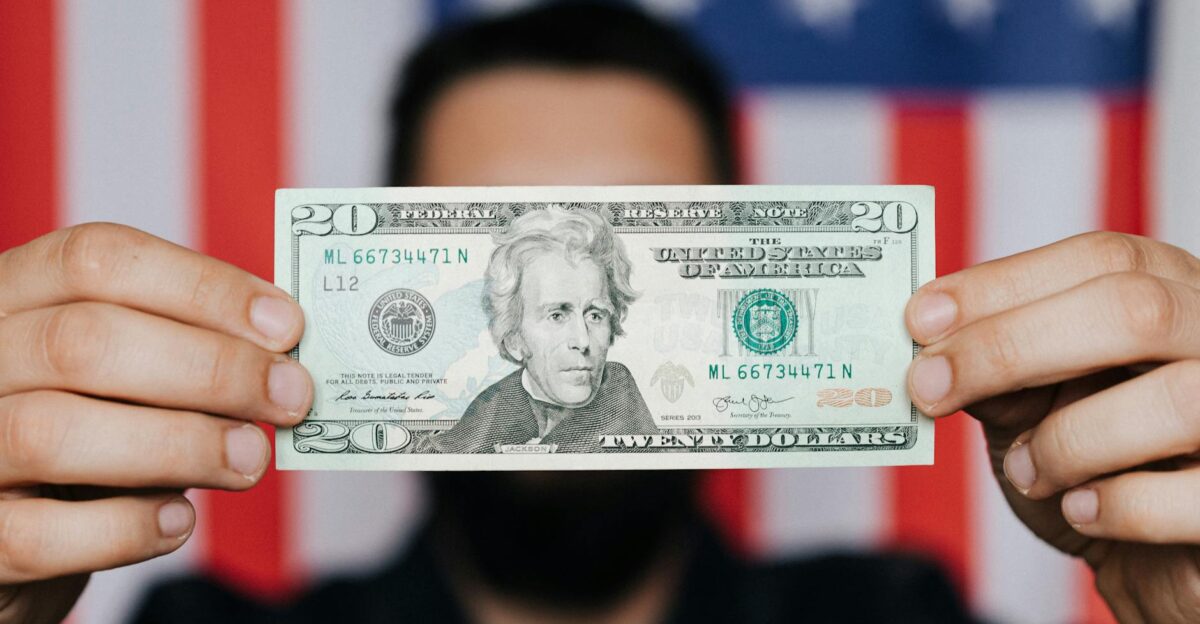
By summer 2025 First Brands was desperately trying to refinance about $6 billion of on-balance-sheet debt. Insider sources tell Reuters those talks hit an “impasse” by late September.
Advisors then uncovered billions of dollars in off-balance-sheet financing tied to customer invoices and inventory.
First Brands had hidden debt (factoring loans and supply-chain financing) that far exceeded its reported liabilities.
U.S. Case, Global Business

First Brands filed in the U.S. (Southern District of Texas) covering only its American operations. Its Rochester Hills, Michigan headquarters announced that overseas units (including plants in Mexico, Romania and Asia) would keep operating normally outside of the Chapter 11 process.
In total the company employs roughly 1,300 people in North America and maintains customer relationships with major retailers.
First Brands says it will continue supplying all customers during restructuring.
Management’s Message

First Brands tapped turnaround veteran Chuck Moore as Chief Restructuring Officer. Moore (who guided energy companies through bankruptcy) assured stakeholders: “Today’s actions mark an important step toward stabilizing First Brands’ operations and securing a long-term future for the company’s world-class portfolio of aftermarket automotive part brands,” he said.
The press release emphasized the $1.1 billion DIP loan and “committed funding” as key to fulfilling orders to customers.
Moore vowed continued support for suppliers and employees, pledging that First Brands will “deliver best-in-class aftermarket automotive technology” during the restructuring.
Rival Opportunities
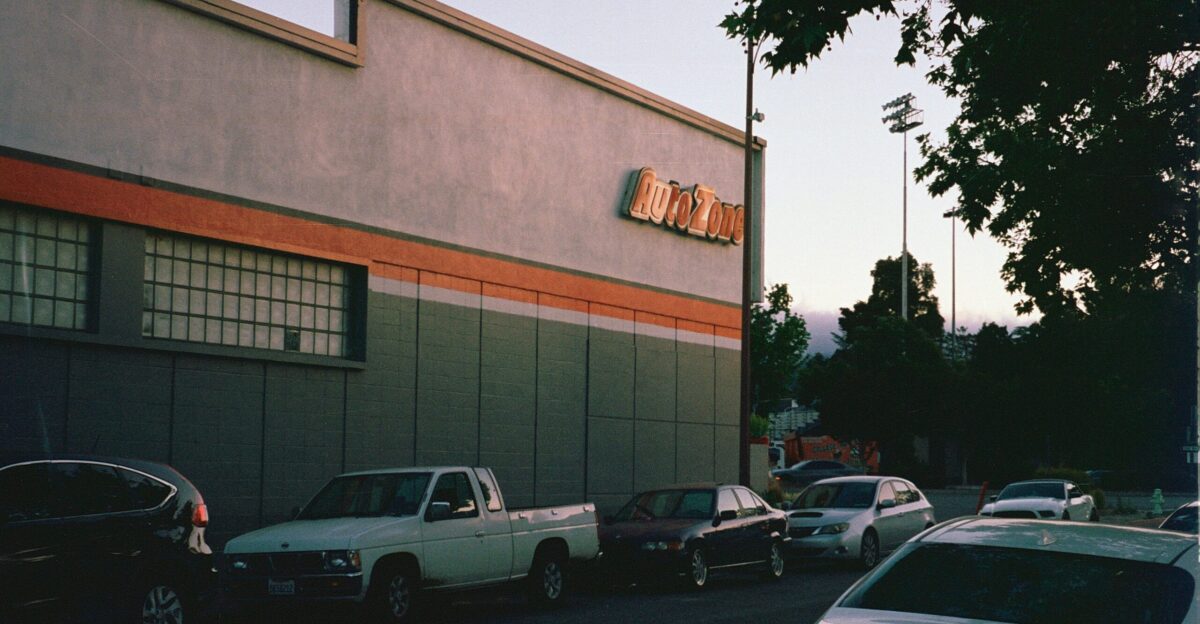
Competitors and customers are bracing for upheaval. First Brands supplies filtration and brake brands sold by chains like AutoZone, Advance Auto Parts, and independent shops. A disruption could force buyers to switch to alternatives (e.g., Mann+Hummel filters, Bendix/Beck Arnley brakes).
Industry reports note that Bosch, Continental, and Denso – global parts giants – stand to gain market share if First Brands’ brands falter. The global aftermarket is enormous (an estimated $577 billion in 2025) and consolidation is common.
Still, retailers warn that any supply gap must be filled quickly to avoid shortages on shelves.
Macro Shifts: EVs and Autonomy

Underlying First Brands’ woes is a much larger shift in auto manufacturing. Electric vehicles use far fewer moving parts than gas cars – industry sources estimate roughly 40% fewer maintenance parts.
Cars of the future will rely more on software and electronics. In fact, analysts project the global automotive software/electronics market will quadruple from ~$320B today to ~$1.2 trillion by 2035.
This transformation means traditional “wear-and-tear” parts (brake pads, air filters, etc.) will see demand flatten or decline.
Warning Signals
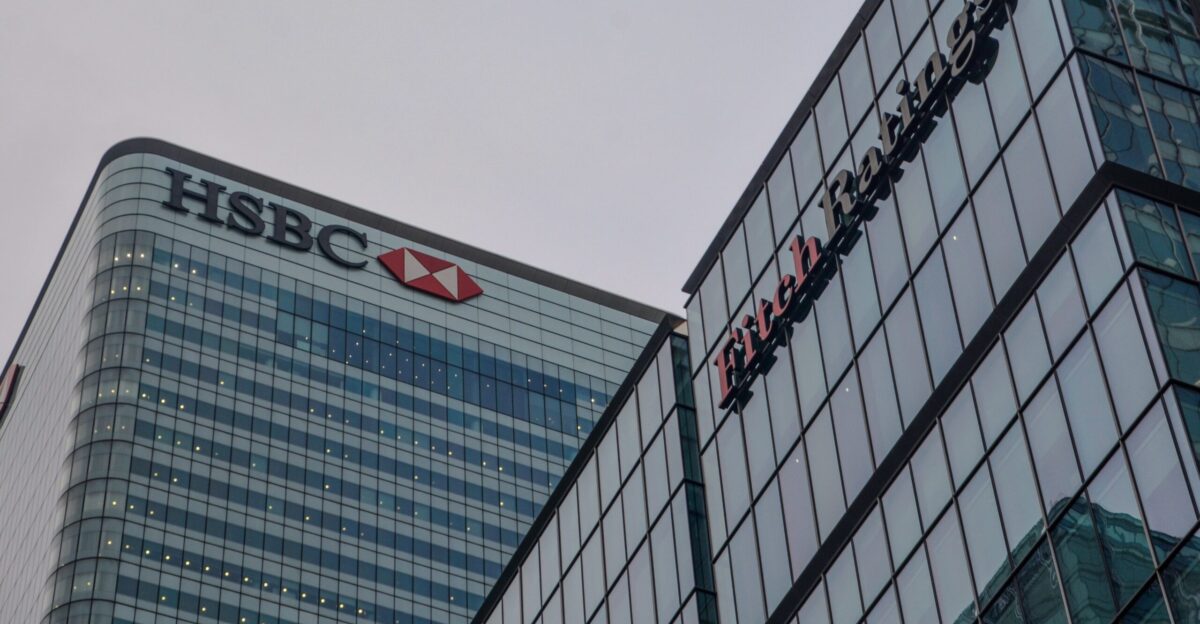
Even before the bankruptcy, credit-watchers were sounding alarms. On Sept. 22, 2025, Fitch Ratings cut First Brands to “CCC” (deep junk), warning that “the company’s options…have become increasingly limited” and it faces a “higher risk of a distressed exchange or bankruptcy”.
That downgrade came [Mini Nugget] shortly after First Brands abruptly paused its $6 billion debt refinancing in August 2025 amid investor scrutiny.
Fitch analysts noted the aggressive leverage and now-diminished liquidity.
Creditor Frustration
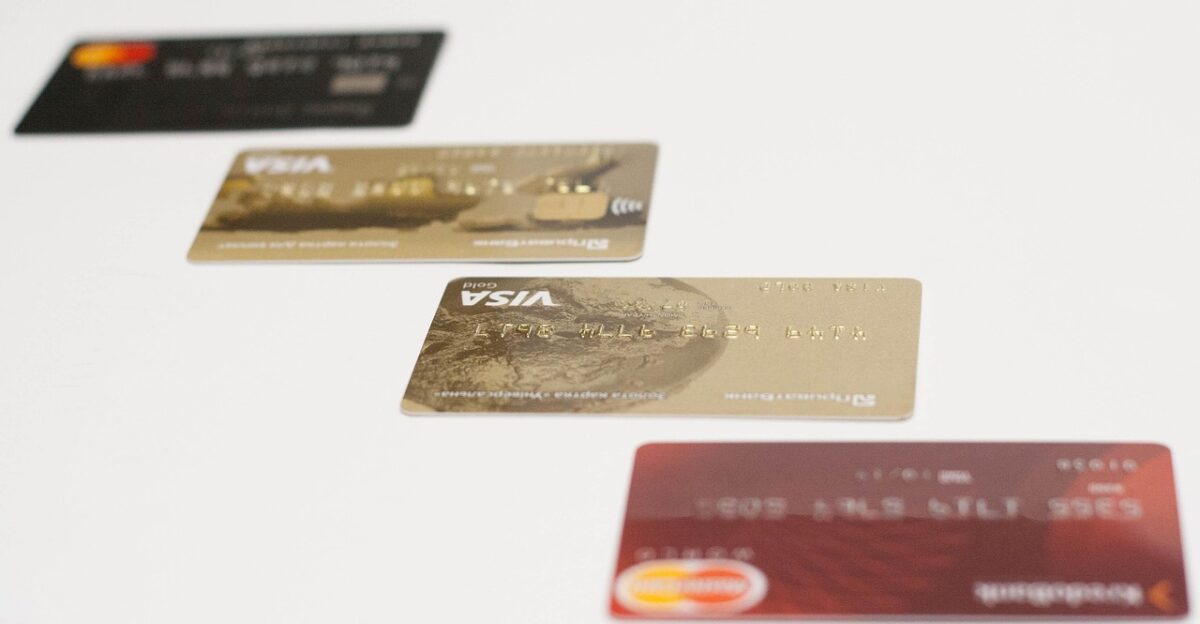
As rumors swirled, lenders grew impatient. According to Reuters, advisers and bondholders had been “attempting to restructure” First Brands’ debt and were frustrated as talks stalled.
Jefferies, Apollo, and other institutions reportedly had “trouble getting information” as they tried to assess exposure to First Brands’ off-sheet financing. That opacity – common in the recent private credit boom – sowed distrust.
Already, rating agencies had flagged the “rising use” of invoice and supply-chain finance across the industry.
The Man Behind the Curtain

Patrick James – the Malaysian-born owner – kept an unusually low profile through the crisis. Little is publicly known about him. SEC filings offer scant detail, noting only that “Mr James has extensive experience in the automotive after-market industry”.
He operates First Brands through his Ohio-based Crowne Group holding company. Malay Mail reports that James was born in Kuala Lumpur, educated in Ohio – but beyond that, his background is opaque.
Notably, a decade ago, he and some linked firms faced civil fraud allegations from creditors; James denied wrongdoing, and those cases were dismissed after settlements.
Growth Strategy Exposed

Interviews with former executives reveal how First Brands achieved scale – and risk. It pursued a three-pronged strategy: nearshoring production, roll-ups of tier suppliers, and tech licensing. For example, executives describe moving manufacturing from China to plants in Mexico, Romania, and the U.S. to skirt tariffs.
It also bought companies in “pairs or triplicates” to control segments – e.g., one facility for a consumer brand plus one for a private-label maker.
As one insider put it: “He would buy one of each type of plant…His goal was to achieve a 40% or higher market share within the geography served”.
Murky Outlook for Creditors

Most analysts doubt First Brands can easily recover. Its debt-to-asset gap is enormous, and industry conditions are worsening. A veteran restructurer warns that creditors will face a grim choice: accept heavy haircuts or swap debt for equity in a downsized company.
“Options are increasingly limited,” one banking report notes.
Bank creditors and bondholders may see double-digit losses unless the company’s business can ramp up dramatically or new investors emerge.
Ripple Effects in Private Credit

Beyond First Brands, the case raises questions about the private credit model. The company had tapped dozens of specialty lenders for invoice-financing facilities; now regulators and investors are scrutinizing those deals.
Credit agencies have already flagged the industry’s “rising use” of off-balance-sheet vehicles like supply-chain finance.
If First Brands’ lenders ultimately lose large sums, we may see tighter disclosure rules.
Global Supply Chain Tensions

Internationally, the story resonates. Auto parts suppliers worldwide are watching this play out as a warning on aggressive financial engineering. First Brands’ production shift to Mexico and Romania highlights how trade wars and nearshoring have reshaped the industry.
At the same time, U.S.-Mexico tariffs and recent Europe–North America frictions mean manufacturers must balance cost, risk and access.
The failure underscores that even well-capitalized multinationals can be undone by debt if geopolitical or supply pressures bite.
Complex Reorganization Ahead

The bankruptcy filing is just the start of a lengthy legal process. In Texas court, First Brands’ debtors and affiliates (like Carnaby and others) will seek to sort out all intercompany claims and guarantees. (For example, Carnaby’s petition shows >$500M assets vs. >$1B liabilities).
Lawyers note that Cross-defaults and subsidiary guarantees will create thorny disputes. Creditors will jockey over priorities – and some may push to lift the automatic stay to seize collateral.
Meanwhile, Deloitte’s upcoming “quality of earnings” report (expected late Oct) could influence negotiations by verifying true cash flows.
Changing Customer Behaviors

All of this occurs amid a cultural shift in mobility. Younger consumers are embracing shared mobility and EVs, not traditional car ownership. A 2013 study by Zipcar noted, “Millennials are increasingly embracing access over ownership”.
Today’s riders are less likely to own multiple cars or invest in big engines – they hail rideshares or drive EVs with lower maintenance needs.
These generational preferences, combined with mandated emissions rules, mean fewer miles driven and less demand for classic replacement parts.
A Wake-Up Call for Finance

First Brands’ collapse may become symbolic of the clash between “old economy” manufacturers and “new economy” finance.
The company’s debt-fueled roll-up strategy rode the wave of easy private credit, but ultimately could not survive fundamental market shifts. Many commentators say this will be the first major stress test for the private lending boom.
As one observer put it, First Brands’ saga highlights the dangers when sophisticated financing outpaces transparency.